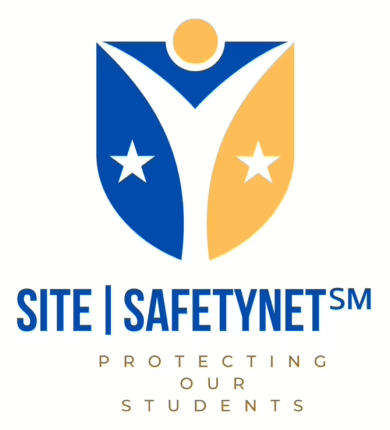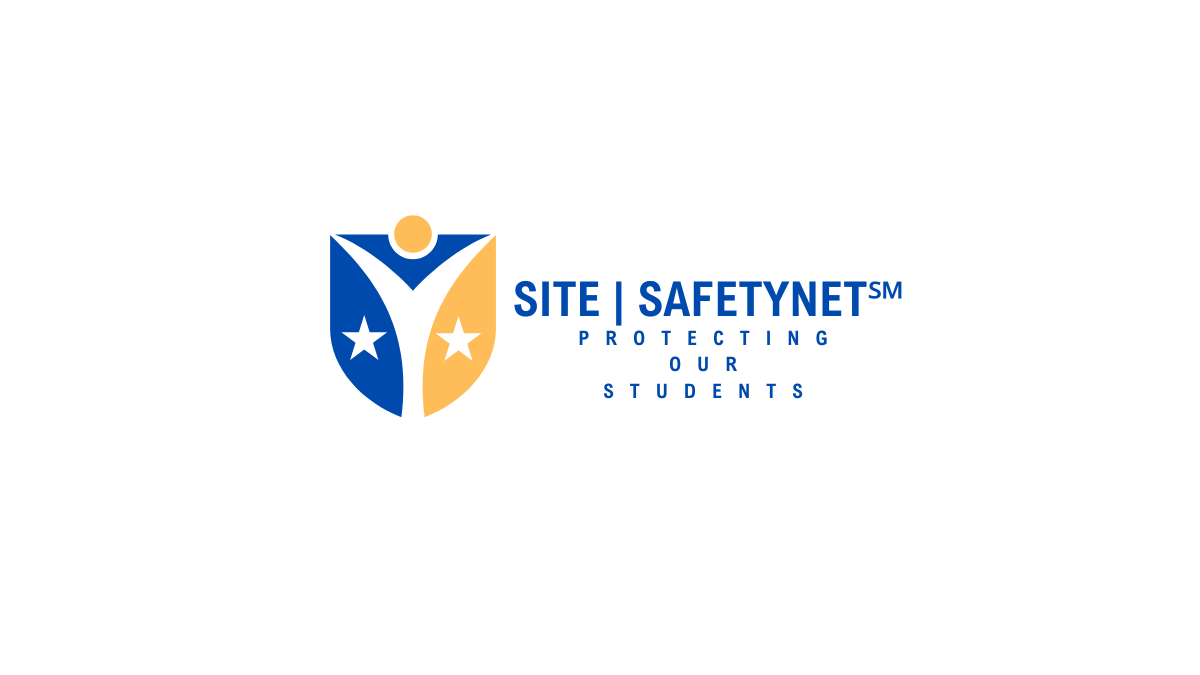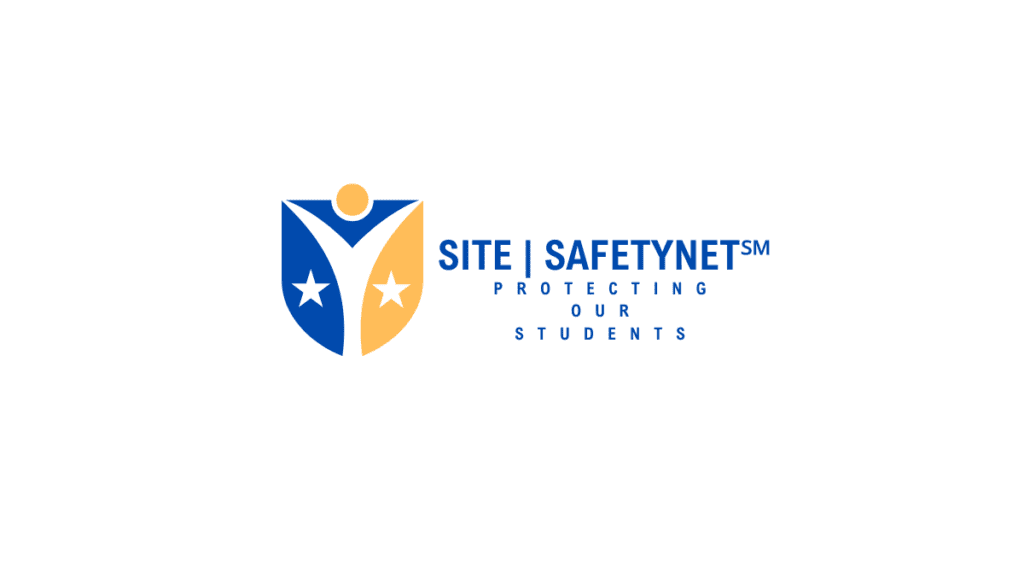 -Protecting Our Students
-Protecting Our Students
-The Critical Importance of Real-Time K-12 Safety Reports: Continuous Safety Monitoring and Stakeholder Assurance. In today’s educational landscape, the safety of students and staff is an absolute priority that demands rigorous attention and continuous vigilance. Ensuring a secure environment within K-12 schools is not a responsibility that can be taken lightly—it is a fundamental obligation every school must fulfill. For this reason, real-time safety reports have become an essential tool, not just beneficial but vital to the operational integrity of every school, regardless of its size or resources.
Why Real-Time Safety Reports Are Essential for Every School
Empowering All Levels of School Leadership: A real-time safety report is an indispensable asset for a broad spectrum of school personnel, including principals, administrators, facility managers, operations managers, vice principals, assigned safety personnel, safety coordinators, school resource officers (SROs), and dedicated safety teams. These individuals, who maintain a secure environment, rely heavily on accurate, up-to-date information to ensure that their schools are safe and compliant with all relevant safety standards in real time.
In smaller schools, where staff may wear multiple hats and safety responsibilities often fall on a few key individuals, such as the principal or facility manager, the importance of a real-time safety report cannot be overstated. This report provides an easy-to-access, continuously updated snapshot of the school’s safety status. It allows these leaders to quickly identify potential risks, make informed decisions, and ensure that all safety protocols are implemented and adhered to consistently.
For larger schools or districts with dedicated safety coordinators and teams, real-time safety reports offer an even more granular view of safety across multiple zones on campus. By tracking the effectiveness of safety measures in real-time, these teams can pinpoint specific areas needing immediate improvement. This detailed insight ensures that safety issues are addressed proactively rather than reactively, minimizing risks and enhancing overall security across the campus.
Supporting Day-to-Day Safety Oversight: Vice principals, operations managers, and SROs, who are often deeply involved in the daily oversight of school safety, benefit immensely from the actionable data from real-time safety reports. These reports allow them to monitor ongoing safety efforts, coordinate with other staff members, and provide timely updates to parents and the school community. The ability to generate and share these reports with stakeholders ensures transparency and builds trust and confidence in the school’s commitment to maintaining a secure environment.
The Broad Impact of Real-Time Safety Reporting
- Accountability and Transparency for All Stakeholders: Safety reports serve as documented verification of a school’s commitment to maintaining a secure environment, and this transparency is vital for all stakeholders, including:
- School Administrators: These reports provide administrators with the data needed to make informed decisions, allocate resources effectively, and demonstrate compliance with safety standards. They serve as evidence that the school is actively engaged in monitoring and improving safety protocols.
- Parents and Guardians: In an era where parents are increasingly concerned about the safety of their children at school, real-time safety reports offer peace of mind by ensuring that safety measures are not only in place but are also continuously monitored and improved. This ongoing commitment to safety helps build and maintain trust between parents and the school.
- Accreditation Bodies: While some schools must meet basic safety standards to maintain accreditation, most of these bodies do not mandate the submission of critical, real-time safety reports. The absence of such requirements leaves a significant gap in ensuring that schools consistently operate at the highest levels of safety. Implementing real-time safety reports would provide accreditation bodies with the necessary documentation to validate that schools are meeting these standards and continuously improving their safety protocols. This validation is crucial for maintaining accreditation and reinforcing a school’s commitment to creating a secure environment for students and staff.
- Insurance Companies: Insurance companies assess risk when providing coverage to schools, and real-time data allows them to evaluate this risk more accurately. Schools that demonstrate robust safety measures through continuous monitoring and reporting may be eligible for more favorable coverage options, which can result in significant financial savings.
- Regulatory Bodies: Compliance with local, state, and federal safety regulations is crucial for every school. However, current regulations often lack the rigor to mandate real-time safety reporting, leaving schools with outdated or insufficient safety practices. Real-time reporting ensures that schools meet existing regulatory requirements and encourages a proactive approach to safety. By adopting real-time safety measures, schools can stay ahead of potential risks, avoid penalties, and maintain a robust and positive standing with regulatory authorities. This proactive stance is essential for fostering a genuinely safe educational environment.
Enhancing School Safety Practices Through Data-Driven Insights
Enhancing Tabletop Discussions: Tabletop discussions are a vital component of any school’s safety strategy, where safety teams simulate emergency scenarios to evaluate the effectiveness of their response plans. By incorporating real-time safety data into these discussions, schools can significantly enhance the value of their training exercises. Safety teams can use actual data to simulate scenarios, test the safety protocols’ effectiveness, and identify improvement areas. This practical, data-driven approach ensures that safety plans are not merely theoretical but are grounded in real-world performance.
Continuous Improvement Across Safety Zones: Real-time safety reports should segment the school into specific safety zones, each monitored and scored individually. This detailed approach allows safety teams to focus on areas that require immediate attention while continuously improving safety protocols across the board. Regular quarterly reviews of these scores ensure the school remains vigilant and prepared throughout the year. Schools can ensure that they are continuously operating at peak safety performance by regularly reassessing and adjusting safety measures.
Conclusion: A Non-Negotiable Tool for Every School
The critical importance of real-time K-12 safety reports cannot be overstated. These reports empower safety teams, enhance transparency and accountability, and provide a continuous roadmap for safety improvement. Whether a school is just beginning its safety journey or looking to refine established protocols, real-time safety reports are essential for protecting the school community.
In an era where school safety is a top priority, every educational institution should be mandated to implement real-time safety reporting. This ensures compliance with safety regulations and provides a continuous, actionable roadmap for improving security throughout the school year. Schools can create safer environments where students and staff can thrive without fear by equipping all relevant personnel with real-time data and metrics. No matter the size or stage of a school’s safety journey, having access to these reports is invaluable. Schools can provide a secure environment for students and staff, meet regulatory and accreditation standards, and build trust with parents and the community by ensuring that safety measures are continuously monitored, assessed, and improved. Overview HERE
SafetyNet|REPORT℠: Your Comprehensive Guide to K-12 School Security
The Urgent Need for Comprehensive, Real-Time School Safety Reports: A 2023-2024 Perspective

 -Protecting Our Students
-Protecting Our Students